In Italy, the tradition of the palio (i.e., a competition between the districts of a city) is very old. Historically, the challenges consisted of horse or other animal races, but now ancient municipalities have given the most imaginative versions of this form of entertainment. All these events originate from or evoke events that happened in medieval times, becoming true folk events of our times.
The Palio is a great festival that involves citizens and participants, celebrating the history, tradition and identity of a community. If you visit an Italian city that hosts a Palio, you will not only witness a race, but you will also be immersed in the vibrant and engaging atmosphere of this centuries-old tradition.
Get ready to go on a journey between tradition and competition together with Visit Italy!

The Palio in Italy, an ancient tradition
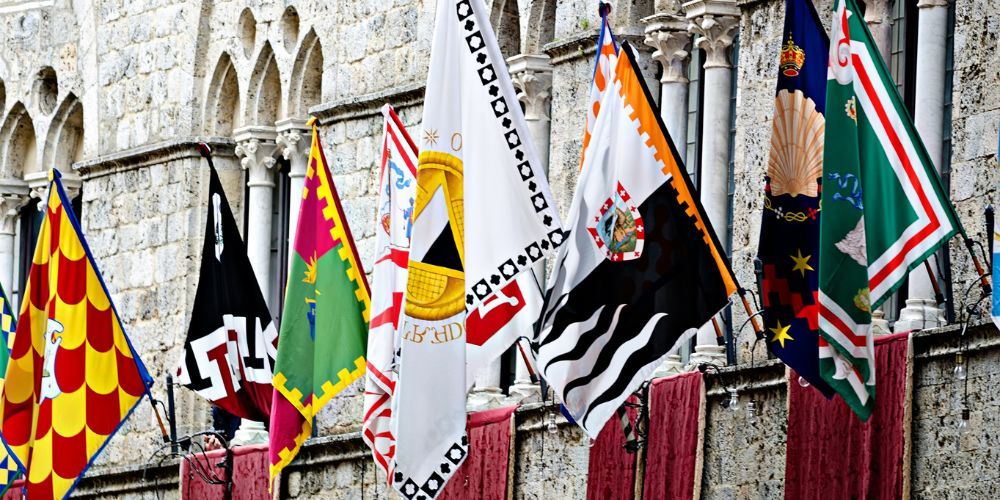
You should know that the Palio is not just a simple race, but is an event that combines many cultural and identity events, reviving historical rivalries between city neighborhoods (or contrade). These rivalries are intense and cross centuries: citizens strongly identify with their contrada, and winning the Palio is considered an honor and triumph for the entire community.
The word Palio derives from the Latin pallium, meaning blanket, veil, or broad surcoat, a word that, by extension, came to identify first the drape given as a prize to the winner of competitions (particularly horse races), then to denote the race itself. As we have said, the Palio has ancient origins, dating back to the 13th century, and the earliest documentation is from 1259, referring to the Palio of Ferrara. The most famous, even today, however, is the Palio of Siena, whose first documentation dates back to August 16, 1656.
The Palio tradition spread to many Italian cities, and each organized this race with its own peculiarities and regulations. Initially, representatives of different districts of a city competed in a saddleless horse race, on an often irregular course within a square or in the city streets, to make the competition even more challenging. Now the race takes place not only on the backs of animals, but also with wine barrels, by boat, or with a crossbow shot.
Let's see, then, which are the most fascinating Palii in Italy, starting with the most famous and ending with the lesser known ones.
15. Palio di Siena (Tuscany)
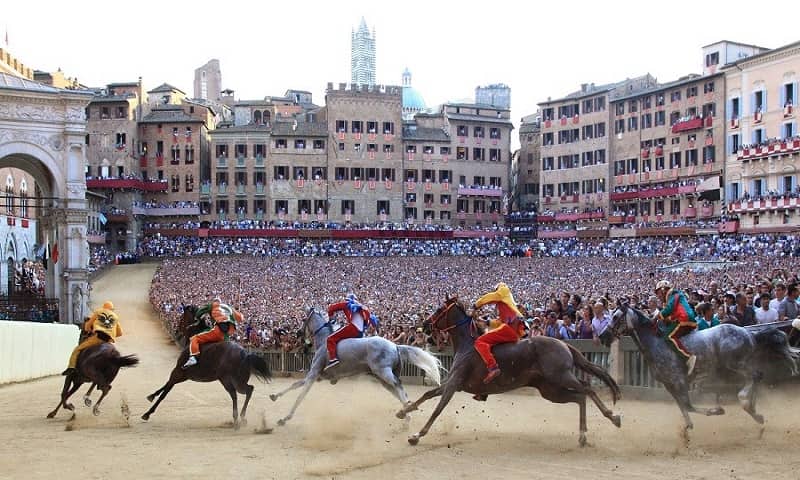
It is the most famous Palio. It takes place every summer, on July 2 and August 16, in the medieval city of Siena. Citizens feel this festival very much, which even characterizes its city organization: each contrada has its own church, its own "leader" and its own identity, which is defended precisely during the equestrian joust. The 17 districts compete in a horse race, each with its own jockey, who must complete three laps of the track for about 1,000 meters, inside the famous Piazza del Campo. The winner? The first to arrive, bringing honor and glory to their faction.
Don't miss the beautiful Siena Cathedral14. Palio di Asti (Piedmont)
The Palio of Asti is one of the oldest in Italy, dating back to 1275, when this celebration was organized in honor of St. Secondo, the city's patron saint. Over the centuries, this event has grown larger and more majestic and moved to Piazza Alfieri in the city center, transforming from a simple horse race to an event that embodies the spirit and identity of the Piedmontese city.
The event is held in September and 7 municipalities take part. Goliardic propitiatory dinners featuring the area's renowned food and wine products are held in the days leading up to the race, culminating in a highly accurate historical procession.
13. Palio dei Normanni (Sicily)
Every year, from Aug. 12 to 14, Piazza Armerina, in the province of Enna, hosts the famous Palio dei Normanni, in tribute to Roger of Altavilla, who liberated the city from the Saracens in the 12th century.
Knights from the city's four districts liven up the medieval arena of S. Ippolito with the "Quintana", a joust that consists of 4 trials: in the first 3 the protagonist is the "Saracen", and the knight who starts at a gallop must hit first with a lance then with a hammer his shield; in the last trial, however, he must center a circle, again with the lance, and finally throw the javelin through a ring placed on a gallows. In short, a heart-pounding spectacle!
12. Palio della Tinozza (Latium)
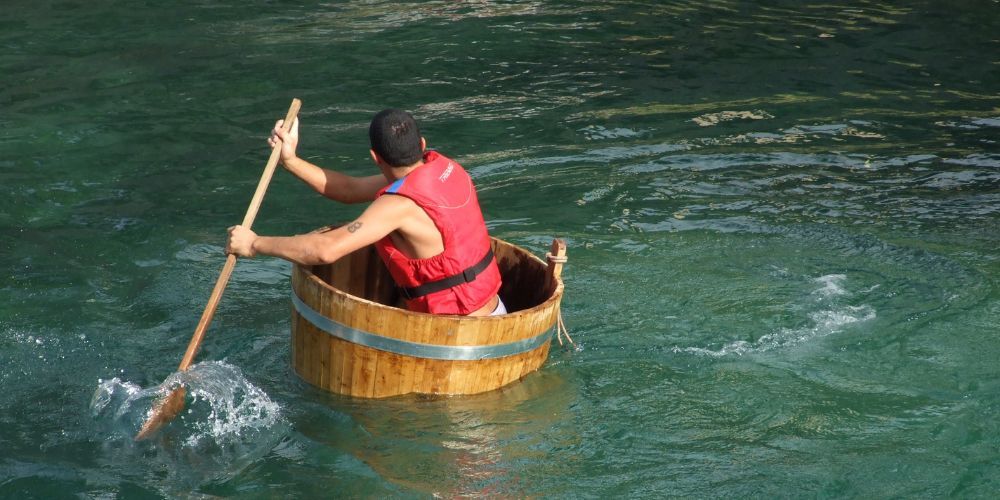
This is a very distinctive water Palio that takes place in mid-July in the city of Rieti, in the bed of the Velino River. The Palio della Tinozza (tub) is relatively recent, the first edition there was in 1969, and is one of the competitions in which Rieti's districts compete during the Festa del Sole (Sun festival).
In the other trials the challengers first compete on a beam suspended over the water and with strokes of a stick (pertica) try to make their opponent fall into the water, then they compete on bicycles equipped with paddles and with floats instead of normal wheels.
The third challenge is a running race on wooden boats that travel down the river against the current, while the fourth is a real swimming competition in the icy river. The last race, the tub race, is always the most eagerly awaited: one competitor per ward travels about 800 meters, sitting inside a vat, pushing themselves with a single wooden oar trying to get the better of their opponents.
11. Palio della Botte (Campania)
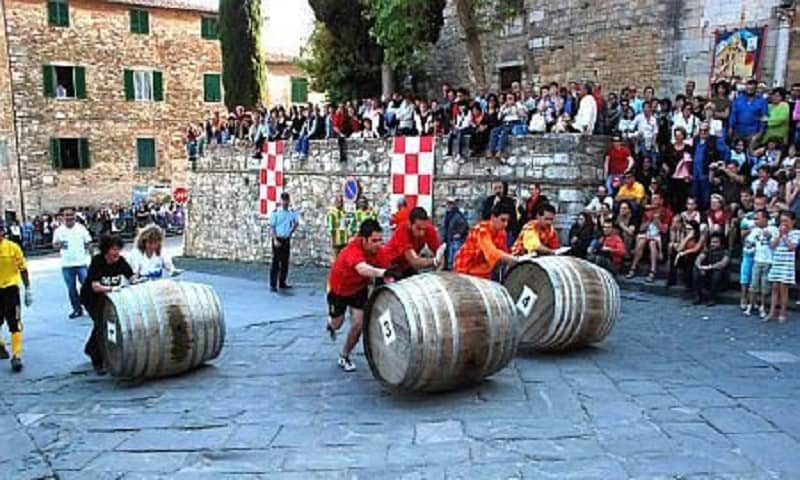
The Palio della Botte (barrels) takes place in August among the 7 contrade of Avellino, an hour away from Naples. A truly bizarre race takes place during this day: the seven city contrade start from the Monserrato Church by rolling a barrel weighing nearly 2 quintals with a bar. The strenuous course of about 450 meters along Corso Umberto I is even uphill! The goal to be reached, the so-called "promised land," is represented by the Fountain of Bellerophon.
Visit Naples and its surroundings with the Naples Pass10. Palio di Ferrara (Emilia Romagna)
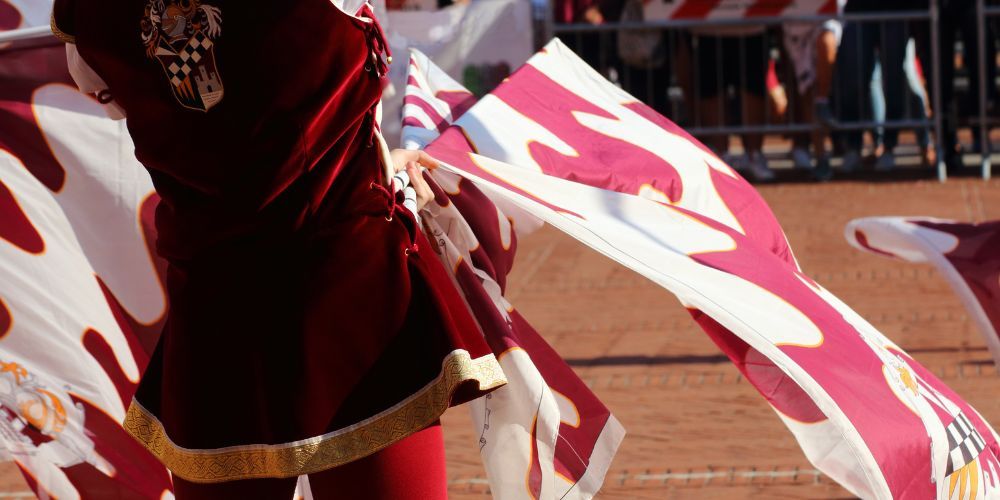
It is one of the oldest palii in the world, and is usually held in May in Ferrara between the eight local contrade (districts) within the city's medieval walls, who compete for the precious banner dedicated to the patron St. George.
In addition to the horse race with jockeys representing the districts, the Ferrara Palio is famous for the famous historical procession that winds its way through the alleys of the city's beautiful old town and the flag-waving performances. A Renaissance festival you cannot miss if you want to relive the magnificent atmosphere of Ferrara's glorious past.
9. Palio dell'Oca (Marche)
The Palio dell'Oca (goose) takes place in August in Cagli, a small town just a few miles from Urbino. Don't imagine a bird race: this historic event, dedicated to the town's patron saint Gerontius, is a full-scale game of the goose! In fact, the city's four neighborhoods compete in dexterity tests by playing with 54 squares depicting different arts and crafts. The game is played with dice, and if one is thrown on the goose square the score doubles. This is accompanied by music and themed goliardic activities!
8. Palio del Drappo Verde (Veneto)
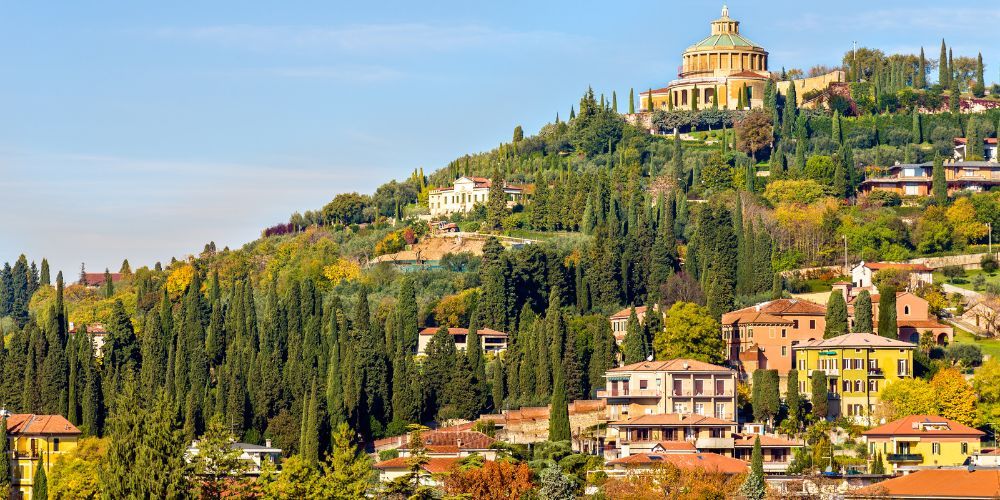
Verona's Palio del Drappo Verde boasts the title of the oldest organized race in the world - even Dante mentions it in Canto XV of Inferno!
Inaugurated some 800 years ago, it takes place in March and its name derives precisely from the green drape, which was the prize reserved for the winner among the runners on foot.
Find out how to visit Verona by bike7. Palio del Viccio (Apulia)
If you are in Bari in February, you cannot miss the Palio del Viccio: little known but certainly very old, this event even gave its name to the town where it takes place, Palo del Colle.
As in other towns, jockeys compete on the back of a horse, but here they must try their hand at one more test, which is to stand upright on the running horse and skewer a bladder (a water-filled balloon, which in ancient times was a turkey). The winner, representing a district of the town, is celebrated during all carnival festivities. Not coincidentally, the palio takes place precisely on Shrove Tuesday.
Discover Bari while eating and cycling6. The Palio in Italy: Sa Sartiglia di Oristano (Sardinia)
Who says you can't go to the sea in winter? Not us! In fact, if you're in Oristano in early March, during Carnival, you can not only enjoy the seaside tranquility of the Sinis Peninsula, but also the beautiful Sartiglia, a special palio rich in tradition that takes place in the Sardinian town.
The name comes from the Castilian "Sortilla", which in turn derives from the Latin "Sorticula", meaning ring but also "Sors", meaning luck: in fact, the challenge consists of the knights' attempt to hit the target, the star, defying fate.
5. Il Palio degli Asini (Piedmont)
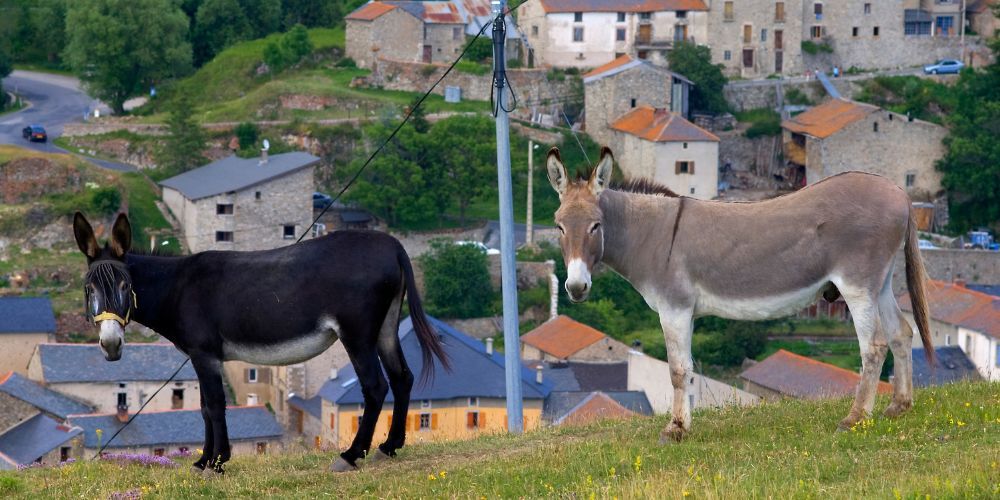
Cocconato, a small village in the hills of Monferrato, is most famous for the wine from its gentle slopes and its fresh cheese, but it offers more than just food and wine: on the fourth Sunday in September, the town comes alive for the Palio degli Asini (donkeys), an exciting medieval re-enactment of the ancient challenge between the town's districts.
The race re-enacts the rescue from a fire of the castle of the Radicati Counts, which took place thanks to the transport of large quantities of water on the backs of donkeys up and down the valley. The Counts, in gratitude, held a tournament at the center of which was a donkey race, with the banner of the House as the prize. Currently, the districts set up their own historical parade and prepare the team of runners with the donkey that will defend their colors. The race takes place between Piazza Giordano and Cavour, through climbs, descents and bottlenecks.
Taste the most important wines of Piedmont4. The Palio di Legnano (Lombardy)
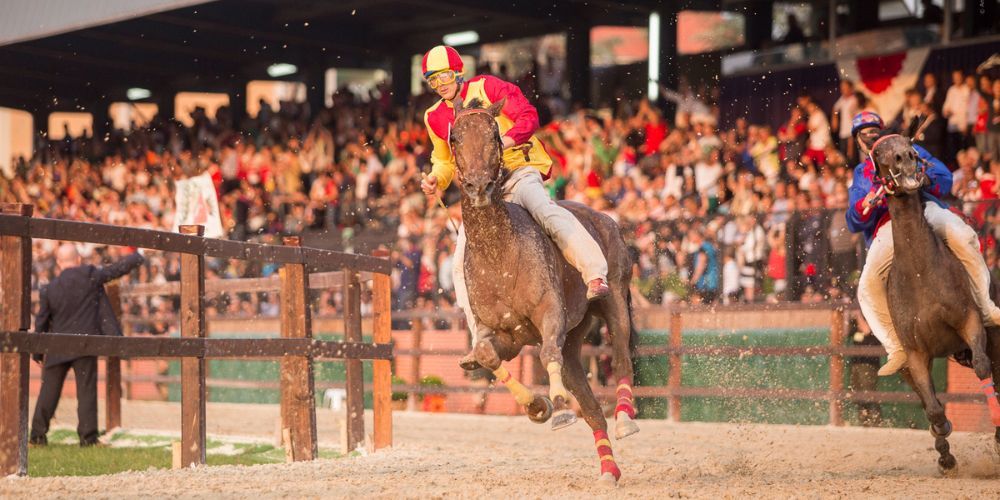
Just a few kilometers from the center of Milan is a historic city, the only one besides Rome to be mentioned in the Italian national anthem: it is Legnano, famous for the Battle of May 29, 1176, which saw the victory of the Lombard League over the imperial army of Frederick I known as Barbarossa.
Every year since the early 1930s, this victory has been celebrated with the Palio di Legnano (Sagra del Carroccio until 2005) with a series of re-enactment events including the majestic procession of the contrade, with the sumptuous Carroccio (chariot), and the horseback challenge.
Visit Milan and its surroundings with the City Card3. The Palio del Golfo di La Spezia (Liguria)
On your trip among the villages of the Cinque Terre, we highly recommend a visit to La Spezia, one of the ancient Maritime Republics whose Golfo dei Poeti makes you dream even before you see it. Here, on the first Sunday in August, there is the Palio del Golfo, a race among the 13 maritime hamlets competing in special rowing boats.
The Palio is one of the events of the colorful Festa del Mare (Festival of the Sea), which begins the week before the day of the race; "The Village of the Palio" is set up along the Morin promenade, with sporting, cultural and especially gastronomic initiatives to delight passersby with the typical taste of Ligurian cuisine.
Visit the Cinque Terre by boat2. The Palio della Balestra in Gubbio and Sansepolcro (Umbria)
A journey through ancient villages, mysticism and gastronomy: this is Umbria, a small region in central Italy rich in experience.
The last Sunday in May in Gubbio and the second Sunday in September in Sansepolcro is the Palio della Balestra (crossbow), dedicated to the patron St. Ubaldo. This challenge originated in the Middle Ages, when crossbowmen were entrusted with the important task of protecting the territory from possible invaders.
In fact, the competition takes place between crossbowmen from the two villages and consists of hitting the "badger", a target placed 36 meters away. The crossbowman who manages to hit the point closest to the center of the target receives as a prize the Palio, a valuable banner made each year by a well-known artist. The colorful performance of the flag-wavers is also a must-see.
Don't miss the Orvieto Caves1. Niballo Palio di Faenza (Emilia Romagna)
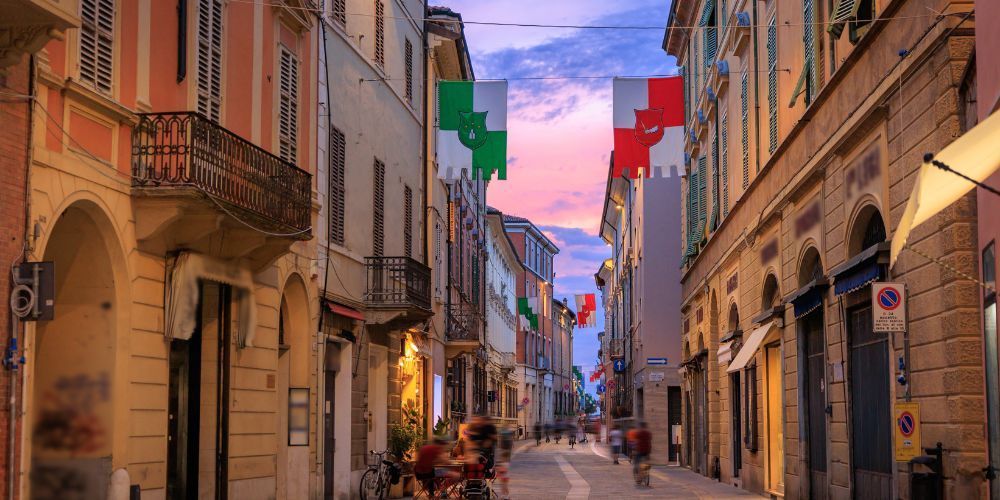
In the town of Faenza, a few kilometers from Ravenna, one of the oldest and best-known medieval jousts is held every fourth Sunday in June: the Niballo. Challenging each other are the 5 historic (and colorful) districts of the town that compete in a gallop race: the aim is to hit with the lance the small target placed at the end of the two arms of the niballo, or saracino.
The name would seem to derive from a vulgarization of the name Hannibal, since during the Punic Wars the inhabitants of this area allied themselves with the Romans to fight the Moorish king. In this way they proved their loyalty to Rome and earned the title 'Faventies' or the favored. Faenza brought good luck, and so it has remained until now.
Visit Ravenna with the Ravenna PassAbout the author
Written on 04/06/2024


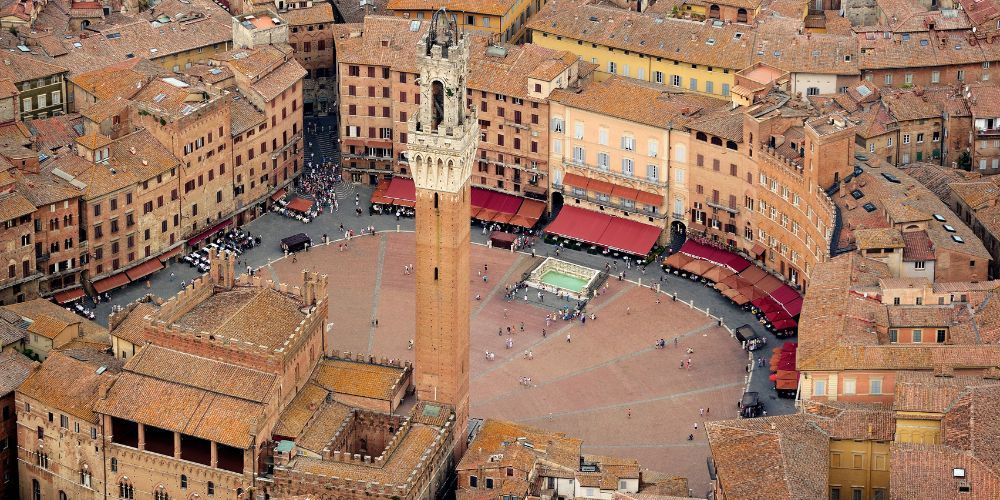
Maria Luisa Ancona
Besides the Palio of Siena, the most famous in Italy, there are many other festivals to discover. Leave on a journey between tradition and competition